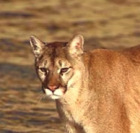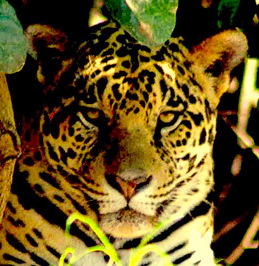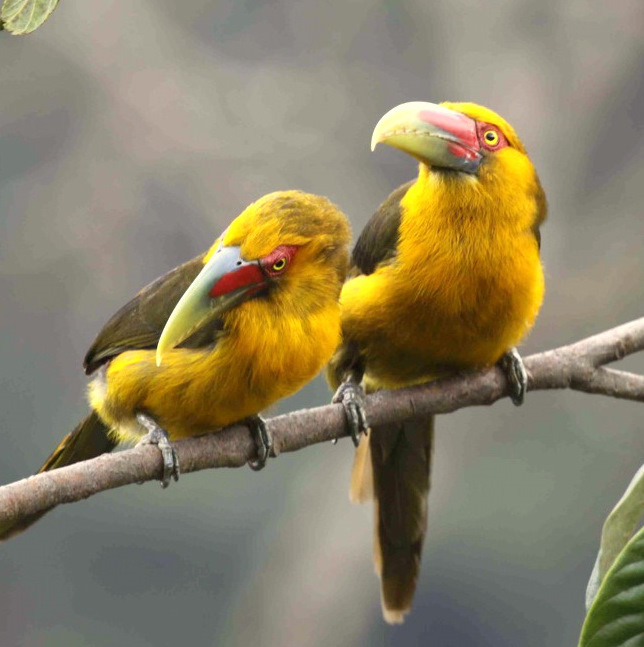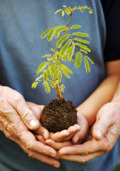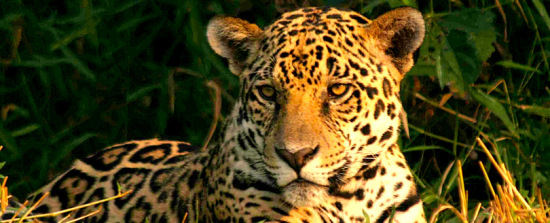Jaguar Tours
There are two best areas for seeing jaguars, both in Mato Grosso.
The Porto Jofre region is getting the most press and mass jaguar tourism, but in our opinion, does not offer the best way to see a jaguar. You will be there with 30+ boats, connected by radios. When one is seen, you and the other 30+ boats will rush to where the jaguar is. If the jaguar leaves, they often open their sack lunches, and tell clients that the cat will return, so you will stay waiting on the far shore from where the jaguar was last seen. Most of the time, however, it does not return. This strategy reduces fuel costs, and increases profits, but is not done to help the client, and not our idea of how to manage the wonderful experience of seeing a jaguar in the wild.
The Taiamã Ecological Station is part of Brazil’s federally protected areas, which include National Parks, Biological Reserves and Ecological Stations. Instituto Chico Mendes (ICMBio) is the equivalent of the National Parks Department in other countries.
Douglas Trent (Founder of Focus Tours), is an ecological scientist, and has been researching jaguars both north and south of the reserve since 2005. With the 72 jaguars he has documented in a 350km stretch of river, this is the other the richest region for jaguars. Males in the Amazon and forests of Central America need 75 sq. km each, with female using half of this. So, having at least 72 on the river edge in 350km, is astounding!
In 2008 ICMBio proposed a partnership to be able to use his research data to help increase the size of the reserve. His is finding new jaguars on each tour, thus, traveling here with Focus Tours helps preserve the species as well.
With the 72 individuals now documented, however, it is apparent that while all of these use this part of the Pantanal, they cannot possibly all be there all the time, and thus they are using other parts of the Pantanal as well. With the Pantanal Wildlife Program, he is able to continue his research with monthly researh trips using the Bichos do Pantanal research boat. We invite you to visit this Program, and assist in the fauna surveys.
To book ar Jaguar Tour see the Tour Agenda for dates or make and Inquiry


